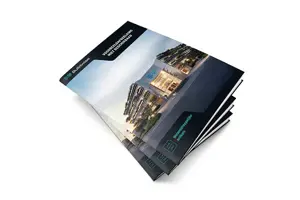Ground anchors are commonly used in Belgium in different building and civil engineering applications (anchorage of retaining walls, submerged structures, quay walls, stabilisation of slopes, ...). Unfortunately, up to now no Belgian geotechnical standards, which deal with such elements, exist. As a consequence, the project specifications of different owners integrate generally, without coherence, different design and test methodologies coming from other countries, mostly from French and German standards. In addition a lot of new anchoring techniques, for which the current geotechnical codes are in general not yet adapted, appeared the last decade on the Belgian market. Particular situations are those where not all the anchors are tested and/or pre-stressed. Finally, within the framework of the European standardisation, which is fully developing, the construction sector experienced a strong need for a better understanding of the applied anchoring techniques and appropriate design methods, in particular for the establishment of the Belgian national annex of the Eurocode 7. All the above-mentioned aspects encouraged Buildwise to undertake the establishment of a uniform guidance for the execution, the design and the testing of anchoring systems in Belgium. In order to address this issue the BBRI initiated in 2004 a national research project on ground anchors. The project is guided by an inter-professional Working Group under supervision of the project partners K.U. Leuven (Prof. J. Maertens) and UCL (Prof. A. Holeyman). Financial support for the research project has been obtained from the Belgian Federal Public Service 'Economy' and the Belgian Normalisation Institute. Backbone of the research project is the extended real scale load test campaign on approximately 50 ground anchors performed at the proof station of the BBRI in Limelette. During this symposium the various aspects of this extended load test campaign in Limelette (B) will be reviewed : soil investigation, anchor installation methods, load testing and interpretation, as well as observations related to the excavated anchors. Suggestions for an approach to design and test ground anchors in Belgium following the Eurocode 7 principles will be put forward. Moreover attention will be paid to the experience with ground anchors of three main organisations on the Belgian building market: Tuc Rail, the Federal Public Buildings Service, and the Ministry of the Flemish community. Finally three contributions from neighbouring countries (NL, F & DE) will deal with developments in anchoring techniques and design approaches in their country and/or in Europe. It is the hope of the organizers that the results of the Limelette load test campaign and the discussions held during this international symposium might be of value in the development of European geotechnical standardization.
